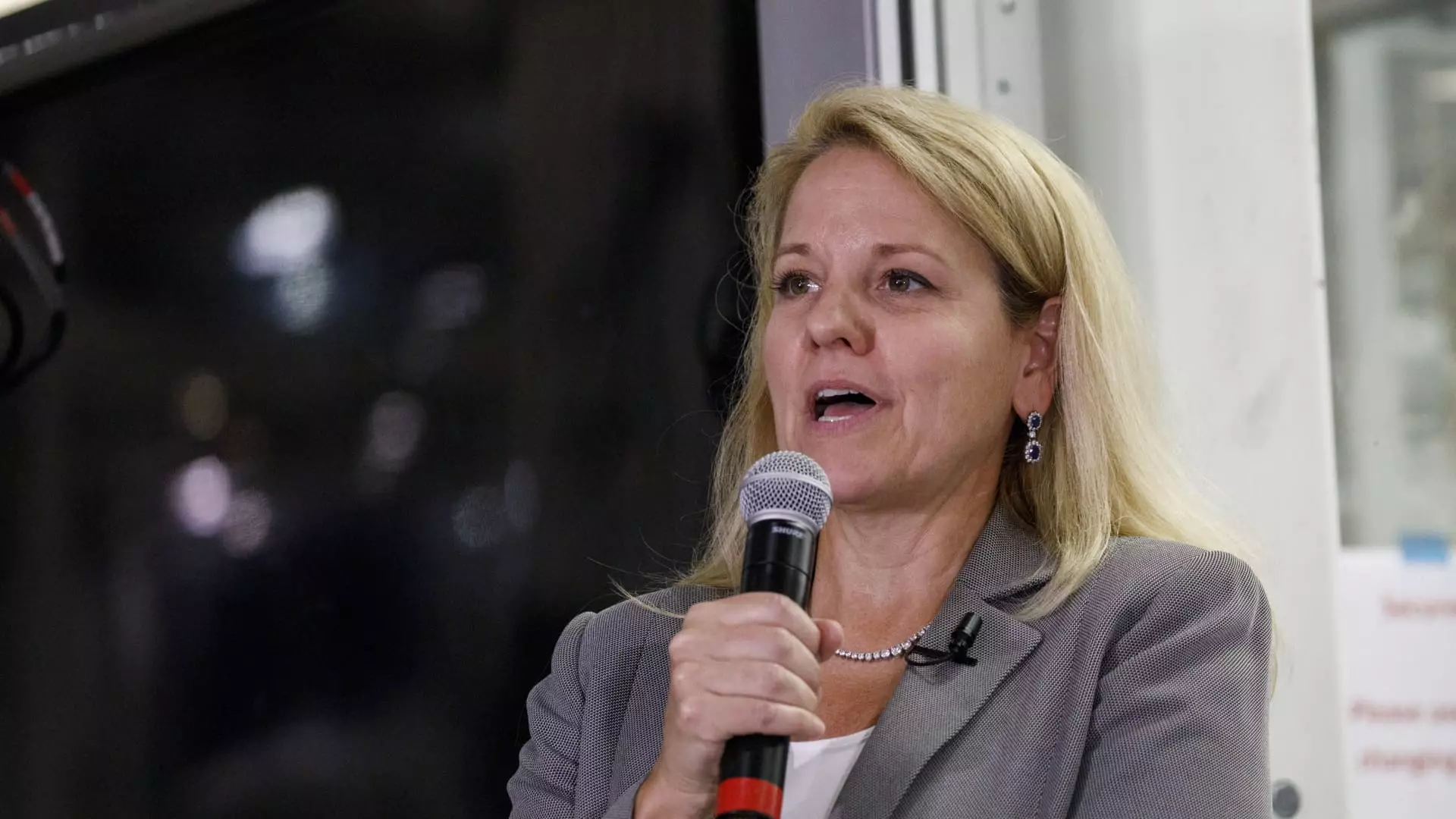The aerospace sector is undergoing a transformative phase, marked by the rapid advancements made by private space companies. As the dominance of SpaceX becomes increasingly pronounced, the inclusive nature of competition has sparked a dialogue within the industry. Gwynne Shotwell, President and COO of SpaceX, underlined the necessity of this competitive environment during the 2024 Baron Investment Conference in New York. Her remarks shed light on the duality of rivalry in innovation-ranging from fostering advancements to challenging established giants.
Shotwell’s comments reflect a healthy recognition of competition as an essential driver of progress in the realm of space exploration. Her assertion that competition “keeps us tight” resonates strongly in an industry where efficiency, precision, and innovation are paramount. In a market that has increasingly favored collaboration over overt rivalry, Shotwell’s perspective lends a refreshing view that encourages other companies to test their mettle against SpaceX.
Despite SpaceX’s current supremacy, with over 100 launches executed by its Falcon rockets this year alone, Shotwell remains optimistic about the potential for other players to elevate their capabilities. The ability of these competitors to “catch up” will undoubtedly spur new developments, pushing SpaceX to further innovate its own offerings. This cyclical nature of competition not only benefits SpaceX but also cultivates an environment where new technologies and methodologies could emerge across the industry.
SpaceX’s robust market presence is reinforced by its impressive portfolio and substantial government contracts. The success of the Falcon 9 and Dragon capsule has positioned SpaceX as the primary contractor for NASA missions, including crew transport to the International Space Station. This monopoly over vital government contracts has provided SpaceX with the stability and funding necessary to innovate relentlessly.
Additionally, SpaceX’s venture into satellite internet through the Starlink project is proving disruptive to traditional telecommunications. Serving nearly 5 million customers and deploying approximately 7,000 satellites, Starlink illustrates SpaceX’s commitment to expanding its footprint beyond launch services. By entering diverse markets such as aviation and maritime communications, SpaceX is pioneering a new approach to connectivity that challenges pre-existing satellite companies.
The significance of the broadband gap across the globe, as highlighted by billionaire Ron Baron, illustrates the potential for future growth within this sector. As Shotwell acknowledged, there is a tremendous opportunity for competition to arise as other players like Amazon’s Project Kuiper and Telesat move into the fray. The competitive spirit here could lead to innovations that could bring internet services to underserved populations, an objective that should resonate with all industry stakeholders.
One of SpaceX’s most ambitious projects, the Starship rocket, represents the company’s vision for future space travel. Shotwell emphasized that while Falcon 9 and the Dragon capsule will continue to operate for several more years, Starship is designed to supersede them in size, comfort, and cost-effectiveness. The recent success of Starship’s booster demonstrates SpaceX’s commitment to refining its technology, optimizing for both human and cargo transport needs.
The implications of fully reusable rocket systems are profound, particularly concerning cost-efficiency and accessibility. Shotwell’s prediction of potentially completing 400 Starship launches in four years speaks to SpaceX’s aim for a paradigm shift in space exploration logistics. If achieved, this could redefine the parameters within which space travel operates—providing new opportunities for research, commercial usage, and even interplanetary ventures.
The dynamic between SpaceX and its competitors challenges the narrative of isolated industrial success. Gwynne Shotwell’s statements reflect a broader, more interconnected ecosystem in which competition is not merely a threat but a catalyst for innovation. As the space race intensifies, it remains clear that the future of aerospace hinges on collaborative advancements that will benefit all humanity, demonstrating that competition, when harnessed properly, can lead to extraordinary achievements in the cosmos.


Leave a Reply